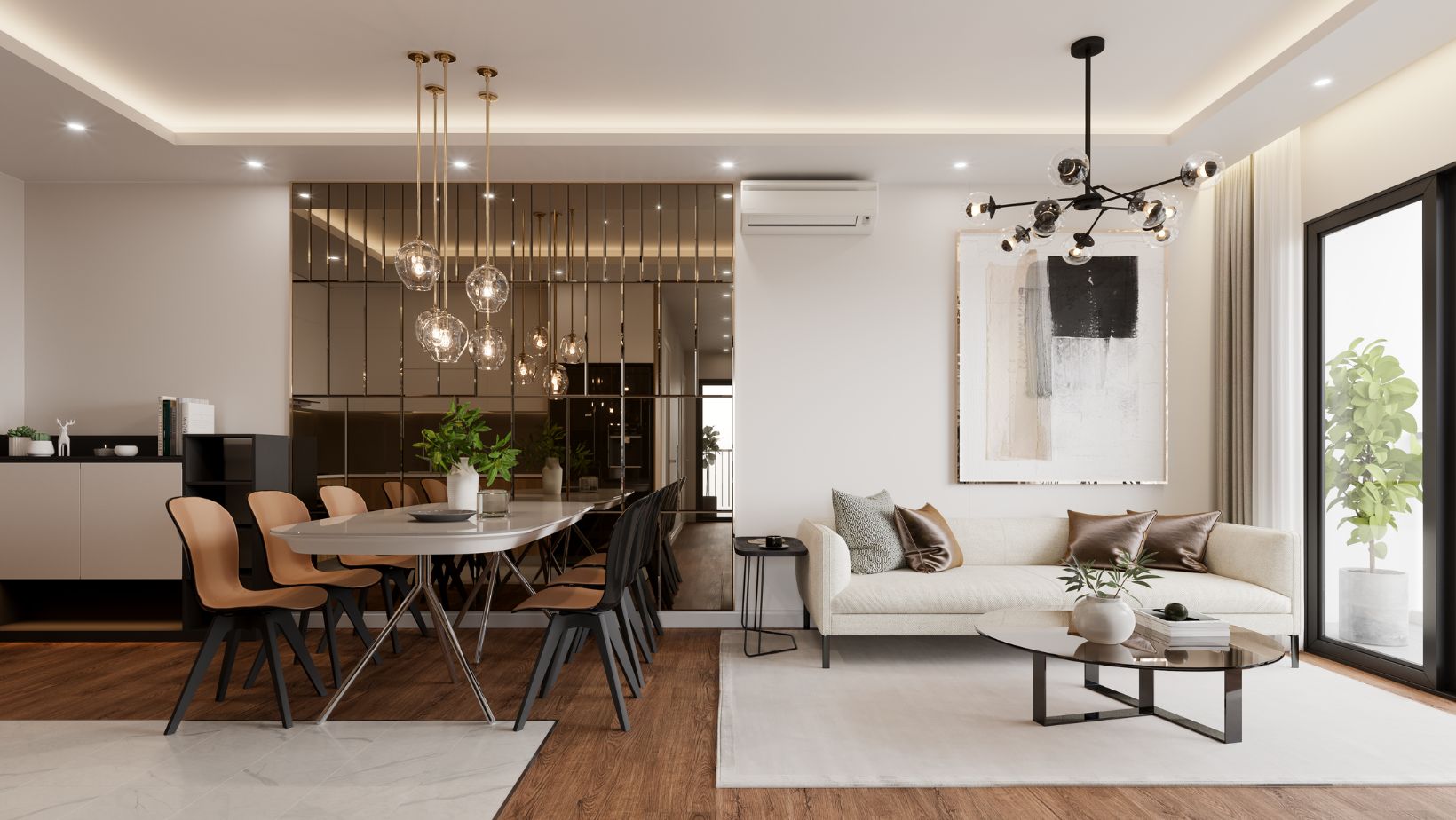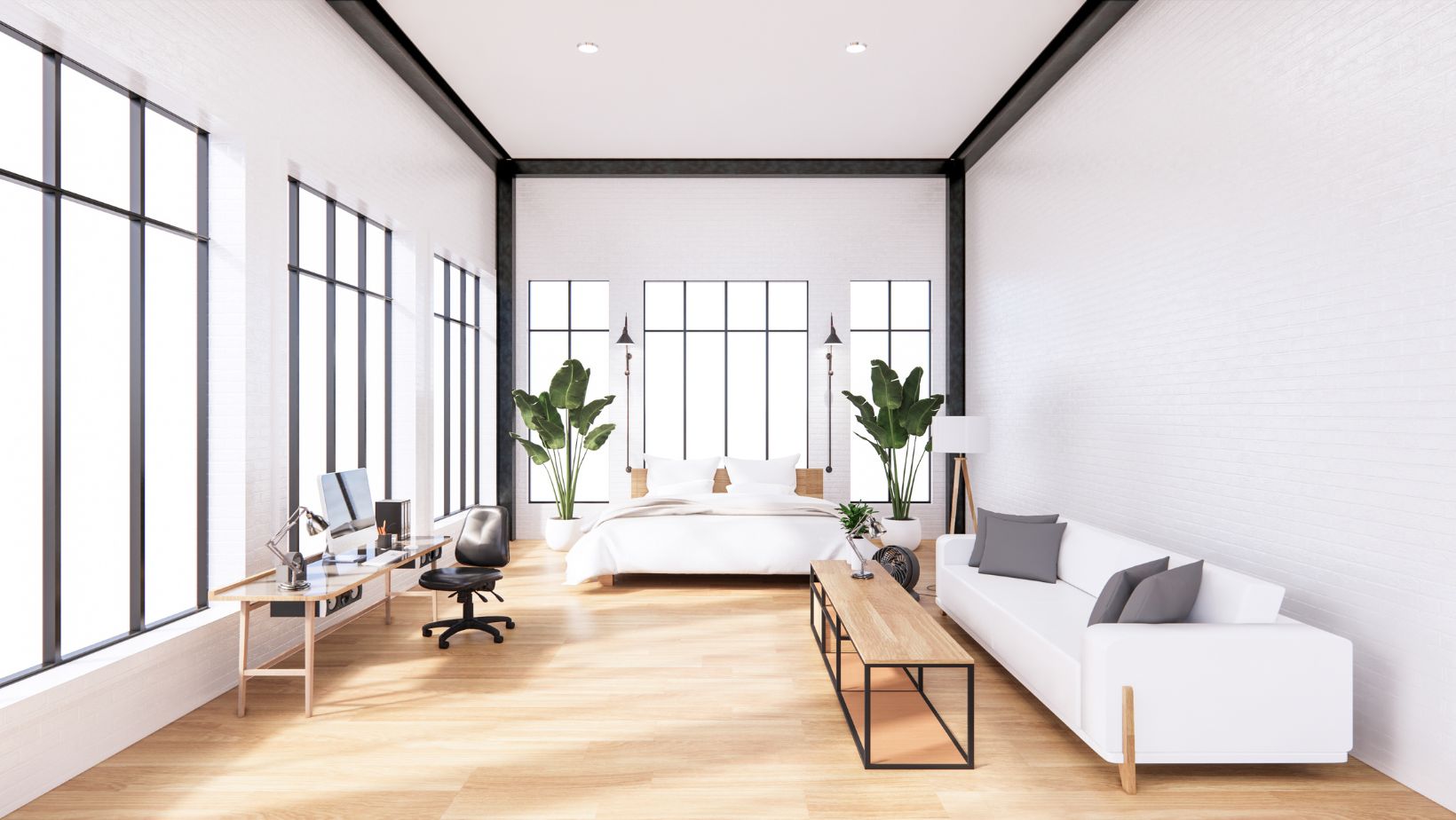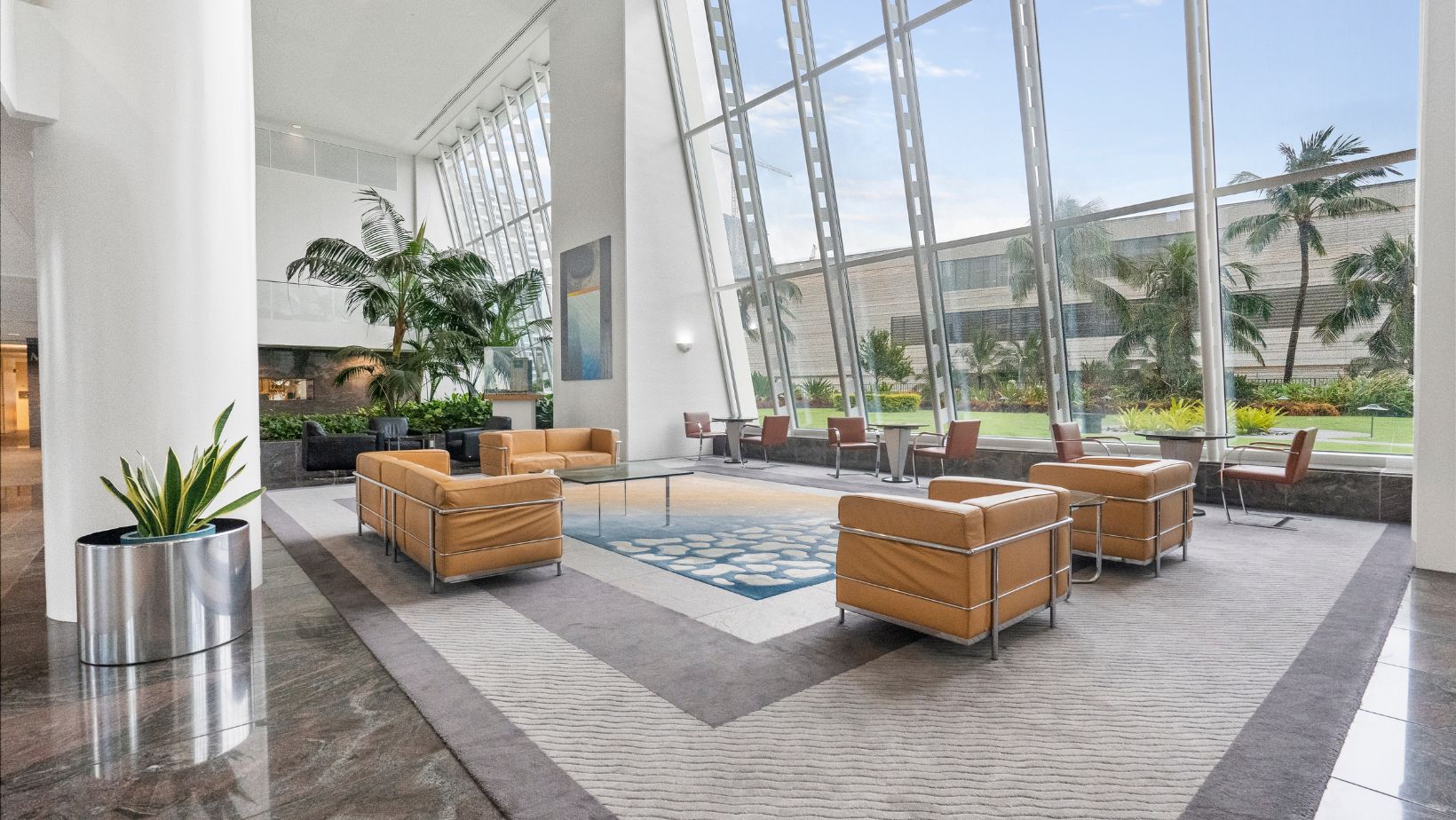When we think about interior design and digital interface design, they might seem worlds apart at first glance.
One deals with physical spaces, textures, and tangible materials, while the other exists purely in the digital realm.
However, these two disciplines share remarkable similarities in their fundamental principles and approaches to creating functional, aesthetically pleasing spaces for human interaction.
Table of Contents
ToggleHierarchy and Focal Points
Just as an interior designer carefully plans the layout of a room around a focal point – perhaps a fireplace or a stunning piece of artwork – UI/UX designers organize digital interfaces around key elements that draw the user’s attention. In both fields, designers use principles of visual hierarchy to guide the eye and create a natural flow through the space. 
A well-designed website’s call-to-action button commands attention, much like a statement chandelier in a dining room, serving as an anchor point that influences the entire composition.
Flow and Navigation
The concept of traffic flow is crucial in both disciplines. Interior designers create pathways through physical spaces that feel intuitive and natural, ensuring smooth movement between rooms and functional areas. Similarly, UI/UX designers map out user journeys through digital interfaces, creating navigation systems that allow users to move effortlessly between pages and features. In both cases, the goal is to prevent congestion and confusion while maintaining a sense of discovery and purpose.
Balance and Proportion
Whether arranging furniture in a living room or organizing elements on a webpage, designers in both fields must master the art of balance and proportion.
Interior designers use the rule of thirds and careful furniture placement to create harmonious spaces, while web designers apply similar principles to layout grids and content blocks. Both consider the relationship between positive and negative space. In interior design, this might mean balancing furnished areas with open floor space, while in web design, it translates to the strategic use of white space around content elements.
Color Psychology and Mood
The psychological impact of color choices is a fundamental consideration in both disciplines. Interior designers select color palettes to evoke specific moods and emotions within a space—cool blues for relaxation, energetic yellows for creativity, or neutral tones for sophistication.
Web designers similarly use color theory to influence user behavior and emotional responses, with careful consideration given to brand identity and user experience. In both fields, color combinations must be accessible and harmonious while serving their intended purpose.
Texture and Depth
While interior designers work with physical materials and textures, UI/UX designers create digital representations of depth and texture through shadows, gradients, and layering effects. The rise of skeuomorphic design in digital interfaces is directly borrowed from interior design principles, creating familiar, tactile experiences in virtual spaces.
Even in today’s trend toward flat design, subtle shadows, and texture variations help create hierarchy and visual interest, much like the layering of textiles and materials in a well-designed room.
Functionality and Purpose
Both disciplines emphasize the marriage of form and function.
A beautifully designed room must still serve its intended purpose, just as an attractive website must remain usable and efficient. Interior designers consider the practical needs of inhabitants—storage, lighting, comfort—while UI/UX designers focus on user needs like information access, task completion, and navigation efficiency.
In both cases, aesthetic choices must support rather than hinder functionality.
Adaptability and Responsiveness
Modern interior design often emphasizes flexible spaces that can serve multiple purposes and adapt to changing needs.
Similarly, responsive web design ensures digital interfaces adapt seamlessly to different screen sizes and device types. Both fields recognize that spaces—whether physical or digital—must evolve with user needs and technological capabilities.
Light and Contrast
Light plays a crucial role in both disciplines. Interior designers manipulate natural and artificial light to enhance spaces and create the right atmosphere, while UI/UX designers use contrast and brightness to ensure readability and guide attention.
Both must consider how their designs will appear under different lighting conditions or display settings.
User-Centered Approach
Perhaps the most significant similarity is the focus on human experience.
Both interior and digital designers must deeply understand their users’ needs, preferences, and behaviors. They conduct research, create personas, and test their designs with real users to ensure their spaces serve their intended audience effectively.
Conclusion
The parallels between interior design and UI/UX design reveal a deeper truth about design as a discipline: regardless of the medium, good design is fundamentally about creating spaces that enhance human experience.
Whether physical or digital, these spaces must balance aesthetics with functionality, emotion with practicality, and innovation with familiarity.
As our physical and digital worlds continue to converge through augmented and virtual reality, the principles that unite these disciplines become increasingly relevant, pointing toward a future where the boundaries between physical and digital design continue to blur.


